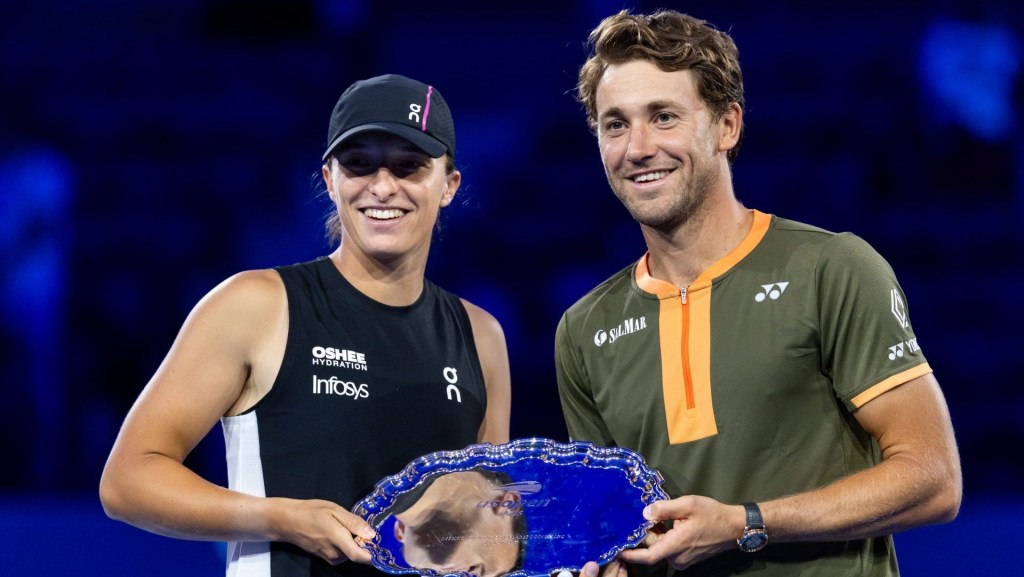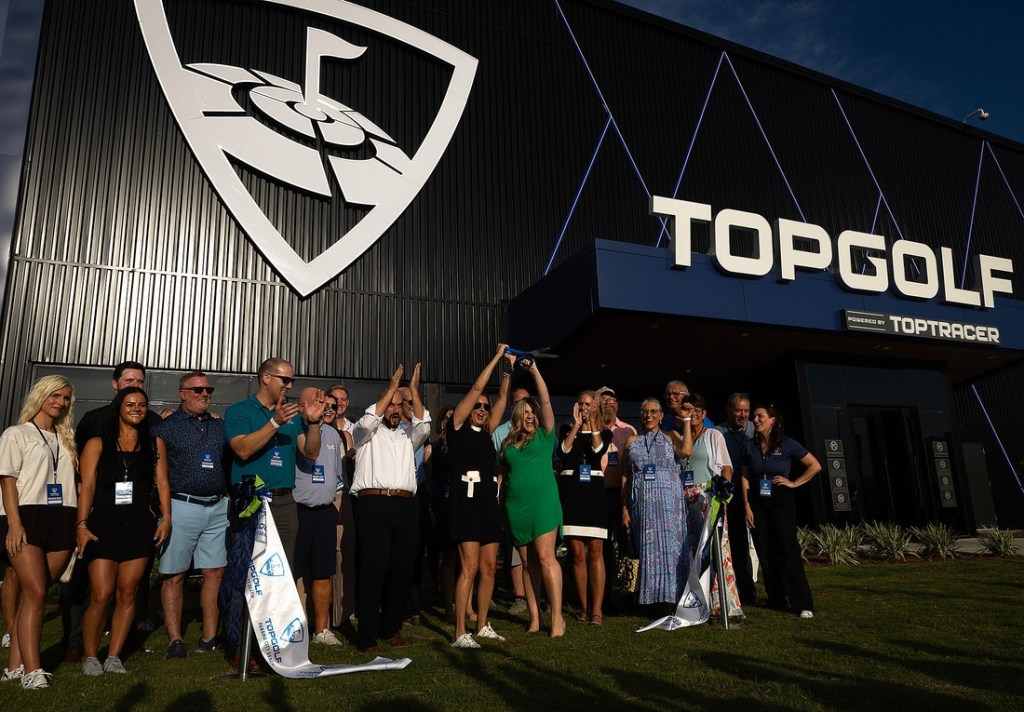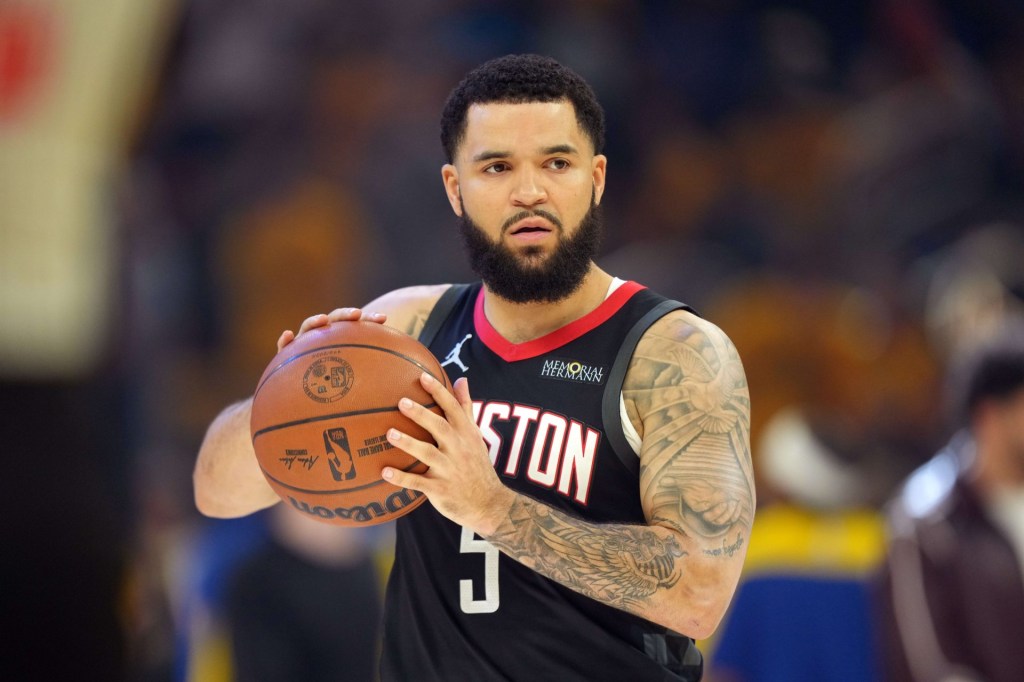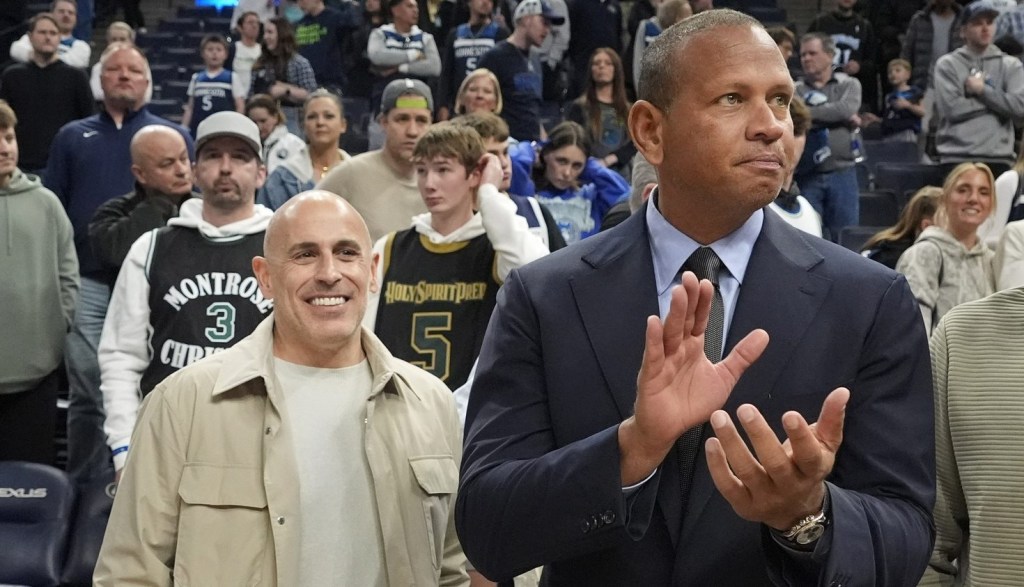As professional tennis stakeholders consider accepting billions of dollars from Saudi Arabia to potentially merge the top men’s and women’s tours, the billionaires who run said tournaments Stateside, and elsewhere, are left in a holding pattern.
The top men’s and women’s players will be back together again at the Madrid Open later this month, but one needs to look no further than this week’s women’s-only event in South Carolina, where No. 5–ranked Jessica Pegula gave her support for an ATP-WTA merger during an interview with Front Office Sports. That tournament, the Charleston Open, is one of three owned by Ben Navarro, the founder of Sherman Financial Group who carries a net worth estimated to be $3 billion.
Navarro, after trying to buy the Carolina Panthers in 2018, shifted more focus to tennis. In ’22, his family office, Beemok Capital, spent $300 million to buy the Cincinnati Open (formerly the Western & Southern Open). Then last year, he considered a $400 million deal with the city of Charlotte to move that co-sanctioned ATP-WTA out of Cincinnati.
With deep pockets and a heavy interest in sports, it would seem inevitable that someone like Navarro, whose daughter, Emma, is the No. 20–ranked women’s tennis player in the world, would keep expanding their portfolio. But the uncertainty of what the professional game will look like in the next 12 to 24 months is giving some pause. “It would be hard for us to try and say, ‘Hey, we’re going to try and get there right now.’ We don’t know what ‘there’ is yet,” says Bob Moran, the president of Beemok Sports and Entertainment. “But once we have a better understanding of what ‘there’ is, then I think we’ll regroup and see.”
In the meantime, some tournaments could be missing out on crucial investment. Beemok is contributing $260 million toward improvements at the Lindner Family Tennis Center in Cincinnati and spent $50 million on recent renovations in Charleston. For Beemok, eventual expansion could be another look at Charlotte—a “great city” with powerful fan and corporate bases, Moran says—but it’s clear any new opportunities will make sense only after any theoretical merger takes place. “I do believe we need to be one tennis,” says Moran, emphasizing that bringing tournaments’ rights and governance together would be the “right thing to do.”

















